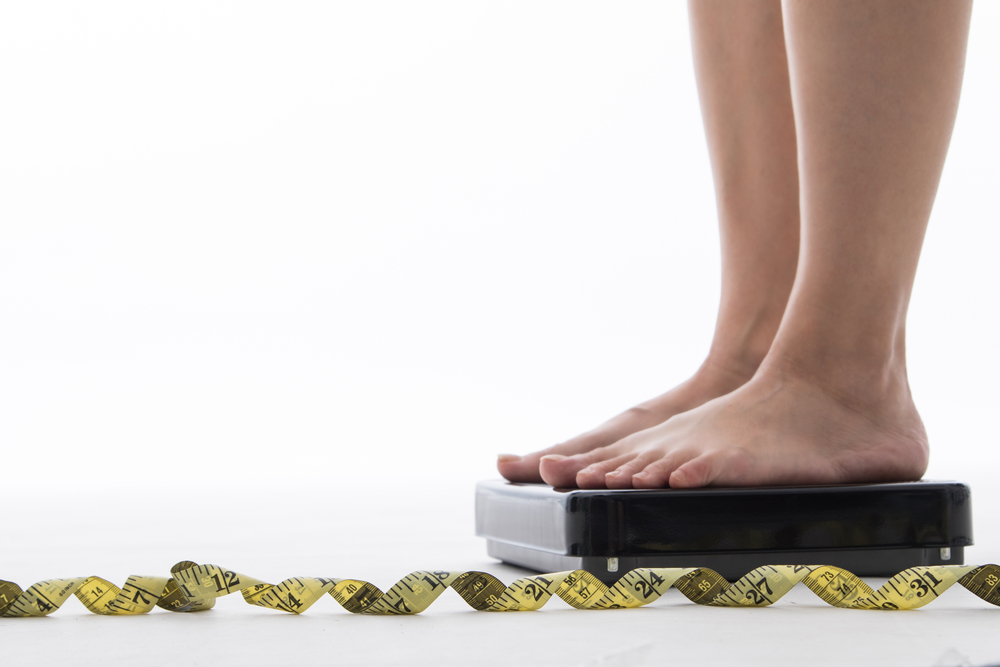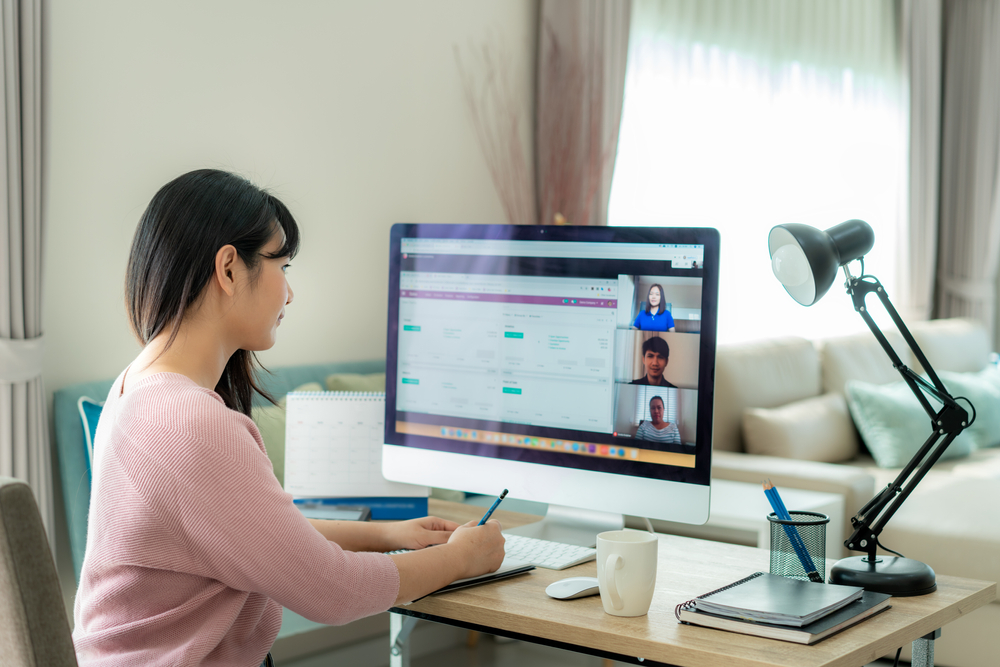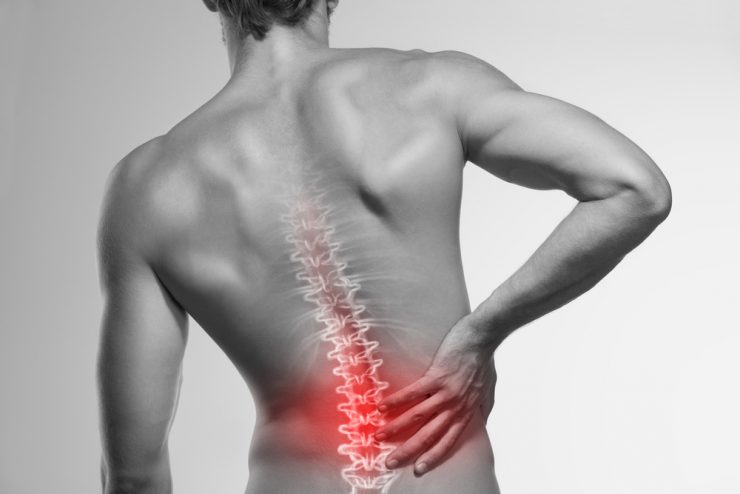Working from home during lockdown. often with poor seating and desk arrangements, has wreaked havoc with many of our backs over the last few months.
Editor Jane Garton looks at steps you can take to help protect your back and soothe any aches and pains.
Stretch it out

Our bodies are designed to move so making time to stretch our spine and muscles at regular intervals throughout the day can make a huge difference to the health of your back.
When sitting down for long periods some of the body’s most important muscles such as the glutes switch off so it’s a good idea to get up and reactivate them from time to time. And you will reap the most benefits from taking regular short stretch breaks rather than fewer longer ones say the experts. Setting a digital reminder on your phone can help remind you to take a break.
Get moving

Regular exercise is thought to be one of the best therapies for lower back pain. As with stretching you will reap the most benefits from establishing and sticking to a regular routine. Good options include walking, a gentle jog, Pilates, yoga, swimming and resistance exercises. Alternatively ask your GP to suggest some back-friendly exercises. Aim to do some sort of exercise for 30 minutes at least 5 days a week.
Watch your weight

Being overweight or obese is a significant risk factor for back pain as it increases the load on your spine especially if you are carrying weight on or around your stomach.
Losing excess weight is one of the best things you can do to help improve symptoms. And it’s not just those extra pounds that affect your movement but also the fact that you are probably less active than you should be which means that muscle mass decreases. Book an appointment with a nutritional therapist for advice on a healthy diet tailormade to suit you.
Organise your workspace

Sitting still staring at a computer all day long is a common culprit when it comes to back pain. Try to sit with your bottom at the back of the chair and stand up to make and take phone calls. Doing some abdominal stretches can also help: pull your stomach muscles in, then release them by about 50% and hold in this position for as long as you can.
If you work on a laptop invest in an external keyboard and place your laptop on a pile of magazines or get a monitor arm or screen raiser. Ideally your computer screen and keyboard should be directly in front of you, so you don’t have to twist to use them. The top of your screen should be at horizontal eye level which is where a screen raiser can be very helpful.
Go for check-ups

Even if you don’t suffer from severe back problems, regular visits to a chiropractor or osteopath help to treat potential issues as well as keep you up to date with exercises to help prevent problems occurring later.
It’s also a good idea to have regular back and neck massages, as muscle tension is almost impossible to avoid. You may not realize it but regular massage can maintain the health of your back and reduce the severity of injury.
Herbal helpers

There are some wonderful herbs that have great anti-inflammatory actions that can help reduce pain and inflammation. Great choices include devil’s claw, turmeric, ginger, white willow bark and frankincense. Supplements such as glucosamine and chondroitin can also help maintain the integrity of our joints and reduce further damage.
The 20-minute rule
If you have been sitting still for 20 minutes, it’s time to move:
Move your neck – rotate your neck to the right, then to the left then to the centre. Then look up to the ceiling and down to the floor.
Move your arms – lightly clasp your hands together, then lift your arms up in front of you, and above your head, arching your back as you do so.
Move your torso – cross your arms across your chest, rotate to the right then round to the left.
























Add comment